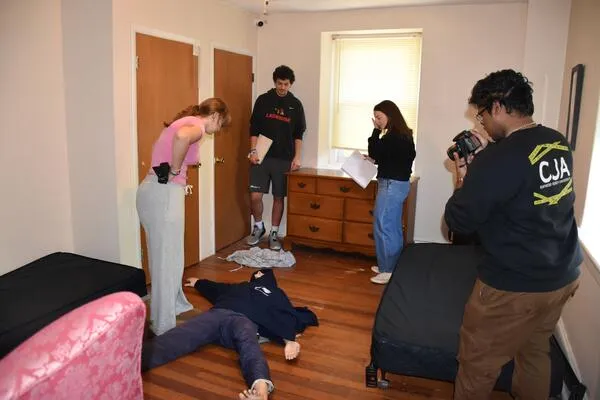For the last few days, I’ve been in Boone, N.C., for the kickoff conference of the Rural Talent Lab. The conference has been terrific, with thoughtful presentations and a chance to reconnect with some folks I hadn’t seen in a while. I’m still processing much of what I heard, but one line in particular jumped out at me.
The presentation was about offering programs in the trades for students in rural locations. Addressing the frequent shortage of instructors in high-demand fields, one speaker—my notes betray me, so I don’t know who—mentioned that “we’re in the golden age of retirement, with baby boomers hitting age 65 every day.” He (I think) went on to say that if colleges were to approach companies with the suggestion of having them incorporate some teaching into employees’ final years before retirement, it could act as a combination of a glide path to retirement and a way to get well-qualified and experienced people as instructors.
I read once that the sign of a great idea is that as soon as you hear it, you wonder why you hadn’t thought of it. This one passes that test.
The areas in which this would make the most sense in the short term are the trades: HVAC, welding, plumbing and the like. These fields combine technical know-how with the ability to handle real situations in the field. It’s one thing to know how to fix a pipe; it’s another to know how to handle a cantankerous homeowner or business manager who accuses you of ripping them off. That’s where an instructor with long experience in the field can bring an added dimension.
An arrangement like this could make sense for the instructors, too, given the physical demands of these jobs. As they get older, the prospect of spending less time bending themselves into tight spots or fighting metal and more time teaching might hold some appeal. When I taught at DeVry in the late ’90s, I had a fair number of students in their 40s who were switching careers from construction to computer repair; nearly all of them mentioned back and knee injuries and general physical wear and tear as motivators. It’s not difficult to imagine that someone in a field like these, approaching retirement, might want to give their knees and backs an easier assignment. Teaching isn’t an easy task to do well, but its physical demands tend to be more modest.
For the employers, I could imagine a couple of upsides. For one, they might be able to hold on to good employees a little longer if those employees could intersperse teaching with their usual work. Secondly, they’d ensure a continued pipeline of new tradespeople coming in. It’s no secret that many skilled trades are facing a retirement cliff, since they largely skipped a generation. They need newbies.
For colleges, the upside would be having experienced professionals with industry contacts in high-demand fields. Yes, there would have to be some professional development in teaching techniques and dealing with common student issues. But stepping up our mentoring game is a good idea anyway—if this is the motivation to do that, so be it.
Wise and worldly readers, have you seen this tried at scale? If so, are there any hard-won lessons you could share? As always, I’m at deandad (at) gmail (dot) com.



